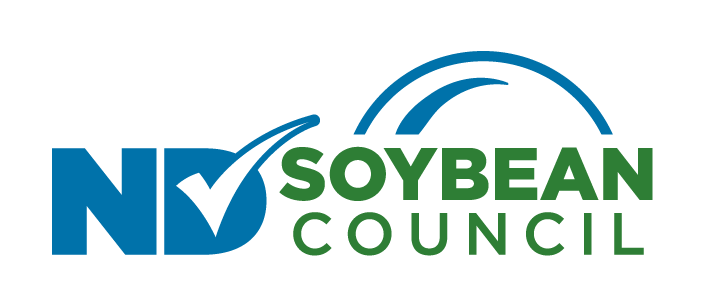
Sampling for Phytophthora Species in North Dakota
Do you have issues with Phytophthora root and stem rot and want to be part of a solution for this deadly soybean disease? NDSU Soybean Pathology invites North Dakota agronomists and soybean farmers to participate in the NDSU Phytophthora root and stem rot survey by following a few simple steps outlined below:
All that is needed is ½ gallon of soil that is sampled from at least 10 spots within the field with a history of Phytophthora. The GPS coordinates of the field, sample collection date, tillage practices, previous crop, and other relevant information are also needed.
- Collect Soil Samples – Within each field being sampled, collect ~10 soil samples from the top 6 inches of the soil following a W pattern. Combine all 10 sub-samples at the end and mix thoroughly. Then place the mixed soil sample of about ½ gallon into a one-gallon plastic bag and label clearly the GPS coordinates of the field sampled, the date sampled, and field history (tillage, previous crops, disease history, and seed treatment). Soil samples can be collected and submitted at any time of the growing season.
- Symptomatic Plant Collection – If symptomatic plants are noticed at any point of the season, collect by removing the seedling/plant and the surrounding soil while trying to maintain the root structure as best as possible. Place plant samples into a plastic bag and clearly label the coordinates of the field sampled and the date sampled. Plant samples can be collected and submitted at any time during the growing season.
- Shipping Samples – If you are not capable of shipping the samples immediately, place the samples in a refrigerator to maintain the quality of the samples. When you are able, ship the samples to:Wade Webster – Soybean Pathology LabWalster Hall 3061402 Albrecht Blvd.Fargo, ND 58102
The cost of shipping is covered by the North Dakota Soybean Council. Please contact Dr. Wade Webster via email at richard.webster@ndsu.edu or by phone at 701-231-8363 to receive the FedEx Account number for the sample shipment.
Thank you for participating in this survey. With your help, this research aims to collect isolated populations of Phytophthora species present in soybean fields across North Dakota (Both Eastern and Western ND). Following the collection of soil samples, laboratory procedures will be conducted to extract and isolate the pathogens for subsequent comprehensive analyses. Subsequently, a thorough evaluation of these isolates will be performed to determine the efficacy of different resistance genes (Rps) in controlling infections prevalent throughout the state. This work will help to guide decision-making for identifying soybean varieties with appropriate resistance traits to protect soybean yields from diseases in the near future!
If you have any questions or need further assistance, please feel free to contact us.
Wade Webster – Soybean Pathology Lab
Walster Hall 306
1402 Albrecht Blvd.
Fargo, ND 58102
Email: richard.webster@ndsu.edu
Phone: 701-231-8363
Funding for this project is provided by the North Dakota Soybean Council.

Figure 1. Example of soybean seedlings infected with Phytophthora sojae. Diseased plants will exhibit browning of the root tissues and rotting of secondary roots. This will cause seedlings to be easily pulled from the soil. Leaves will soon turn yellow and begin to wilt and die.

Figure 2. Example of established soybean plant with Phytophthora stem rot. Diseased plants will exhibit browning of the stem tissue radiating from the soil surface. Roots will also be dark brown to brown in color with symptoms for root rot. Plants with severe infections will begin to exhibit premature wilting and plant death.
Please complete this short survey before shipping samples.
Information required for sample submission:
